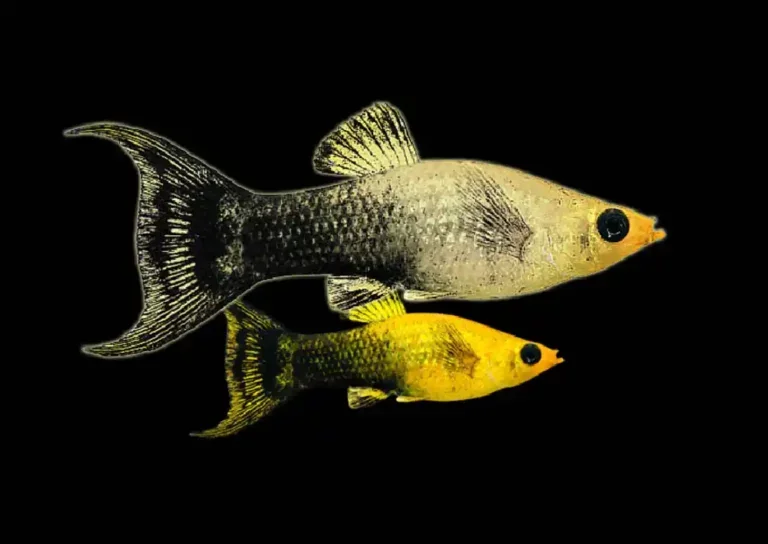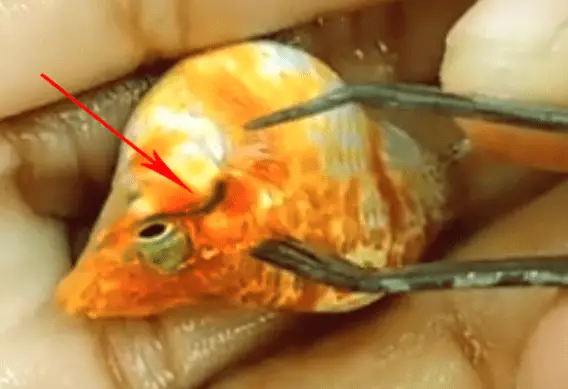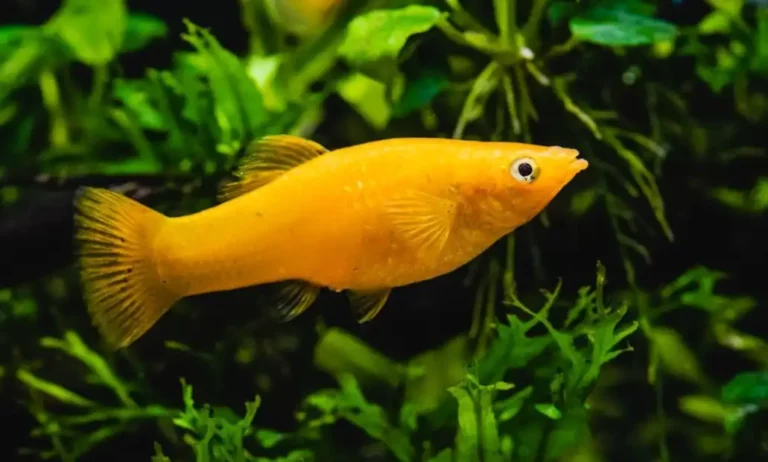Why is Molly Fish Tank Cloudy?
Keeping a molly fish tank in top shape requires work and knowledge of maintaining a healthy and safe environment for your aquatic pets.
However, sometimes things can go awry, and you will need to step in to make things right.
Why is Molly Fish Tank Cloudy? Overfeeding, not setting up a proper filtration system, and fish waste spreads are the significant cases that will soon become your fish tank get cloudy.
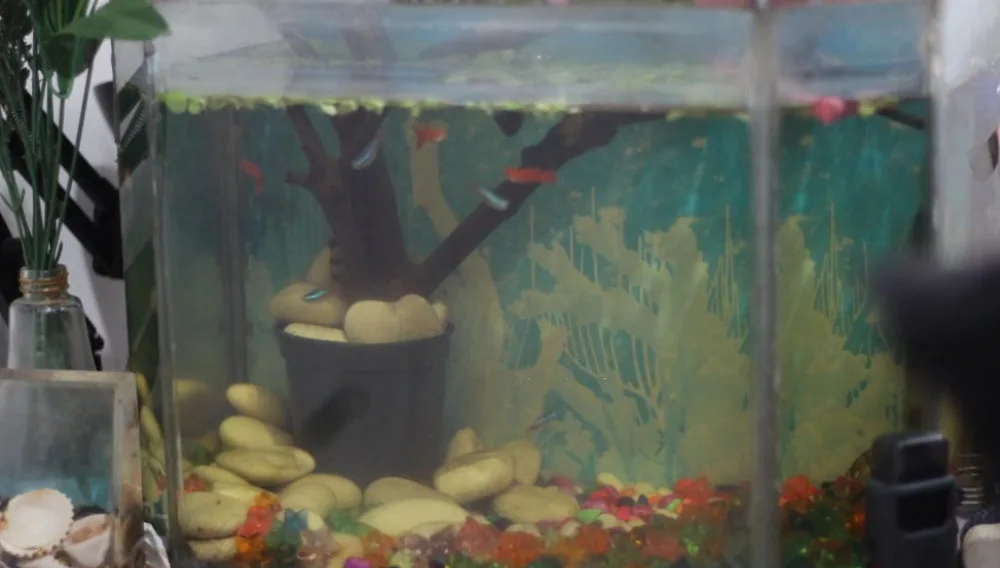
After fish waste spreads everywhere in the tank, the water becomes mist and light brown. Be careful. Dirty fish tanks raise ammonia levels rapidly and become poison for the molly fish.
Table of Contents
What are the reasons Molly Fish Tank is Cloudy?
It is essential to know what causes it, how to prevent it, and what to do if it happens to keep your fish thriving.
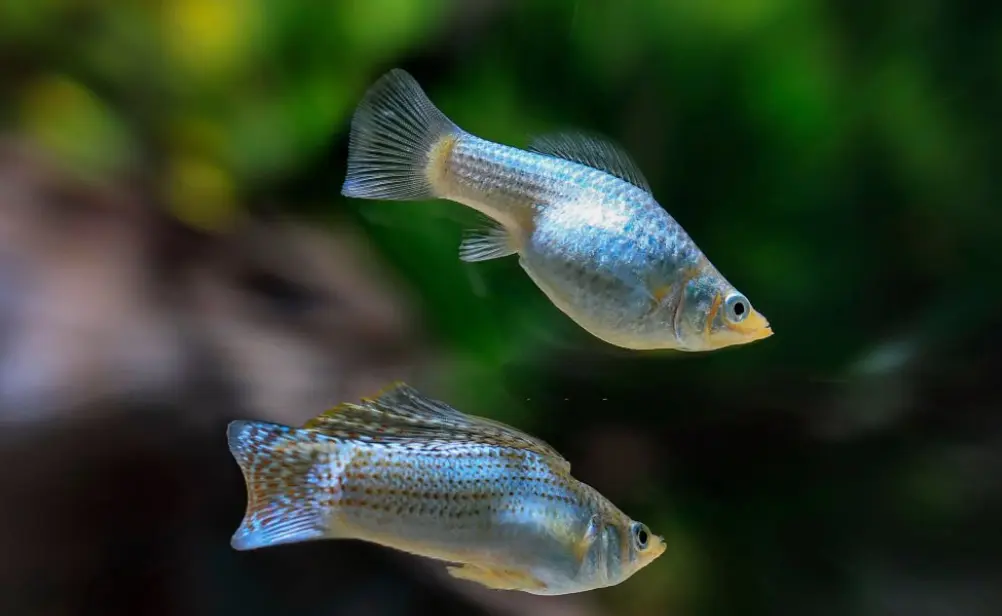
No Nitrogen Cycle in the fish tank
Basically, the nitrogen cycle is a natural process that happens in all kinds of environments, even aquariums. It is all about the chemical nitrogen moving between different parts of the ecosystem in a chain reaction. The cycle starts when fish poop and uneaten food release ammonia into the water.
But do not worry. Nitrifying bacteria naturally present in the water gobble up the ammonia and turn it into nitrites, which are food for other helpful bacteria. These bacteria transform the nitrites into nitrates, which are much less harmful to fish.
The trouble arises when the amount of ammonia in the tank builds up faster than the bacteria can handle. This creates a dangerous environment for your molly fish, leading to ammonia poisoning that can be fatal.
Overfeeding to the molly fish
One common issue molly owners face is overfeeding their molly fish. It is easy to think that if your fish are hungry, they need more food, but that is not necessarily true. Mollies, like much other fish, will eat as much as they can get their fins on because it is just how they are wired.
In the wild, mollies cannot access unlimited food, so they eat less often. To keep your mollies healthy, you should feed them twice daily, but only what they can eat in one minute.
tinyfishtank
If you give your mollies too much protein and fat, they will gain weight, get constipated, and have trouble digesting their food. But the real problem is the mess left over in the tank from uneaten food. As it decays, it increases ammonia levels, which leads to toxic nitrite buildup in the water.
This is bad news for your fish, and if the water gets cloudy with particles floating around, you have a real problem. It is best to avoid this nightmare scenario altogether by not overfeeding your mollies.
No proper filtration setup or Dirty Filter
A filter is a must-have for any fish tank, big or small. It is like a janitor that keeps the water clean, takes out toxic ammonia, and gives your molly fish the oxygen they need to breathe. A filter is even more important if you have a lot of molly fish.
But filters can get dirty and clogged up over time, which is a problem. The first sign of a dirty filter is cloudy and murky water. At this point, you need to clean the filter, but be careful not to overdo it or use harsh chemicals that could kill the beneficial bacteria living inside.
These helpful bacteria are crucial to your tank’s ecosystem since they eat ammonia and nitrites, keeping the water clean and safe for your molly fish.
If you use too many chemicals or clean too much, you will kill off these bacteria and mess up the delicate balance of your tank.
So, when you clean your filter, take it easy and be gentle. Please remove the dirt and unclog it without destroying the good bacteria. And do not use any chemicals that could sterilize the filter.
Disturbed Substrate from bottom-dwelling fish
If you have bottom-dwelling fish in your tank, you might notice that your water gets cloudy more often. These fish like to search for food in the Substrate, which can create a mess. If this happens too much, it could make the tank water murky and unsuitable for your mollies.
The same thing can happen when humans try to clean the Substrate. Sometimes, we create more problems than we solve.
To avoid this, you can use a specialized substrate vacuum to clean your tank with minimal mess. Limiting the number of bottom-dwelling creatures in your tank is also a good idea, so they do not disturb the Substrate too much.
By following these tips, you can help keep your tank water clear and healthy for your mollies.
Read More About: – https://www.tinyfishtank.com/are-clown-loaches-live-together-with-mollies/
A large number of water changes
If you are a molly owner, you might think that changing a lot of water at once is a bad idea. But actually, it can be helpful for your fish. Here is why, in the wild, mollies’ environment is constantly changing a little bit. They are used to adapting to those changes over time.
In a tank, though, things can be different. Some people only change their water every few months or even years.
Mollies can handle a bit of a dirty environment if it’s a gradual change, but sudden changes can be challenging. That is why doing a significant water change can actually help them out.
Performing massive water changes may seem like a good idea, but it can harm your mollies. Mollies are tough creatures that can adapt to changes in their environment, but sudden changes can be too much for them. This is especially true if you have not changed the water in your tank for a long time.
So, how much water should you change?
Change 20 to 30% of the tank water each week to keep your mollies healthy. This will help maintain a stable ecosystem for your fish without causing them any stress.
However, a 60 to 80% water change is way too much for your mollies to handle. It can lead to a dramatic shift in their environment, which could result in their death.
Instead, aim for steady and controlled water changes that won’t make your mollies uncomfortable. Make it a weekly habit to keep your fish happy and healthy.
How to Fix Cloudy Fish Tank?
If you have a cloudy fish tank, the first step is to determine what is causing the problem. Multiple causes are often at play, and each requires a different solution. Here are some potential fixes to try out.
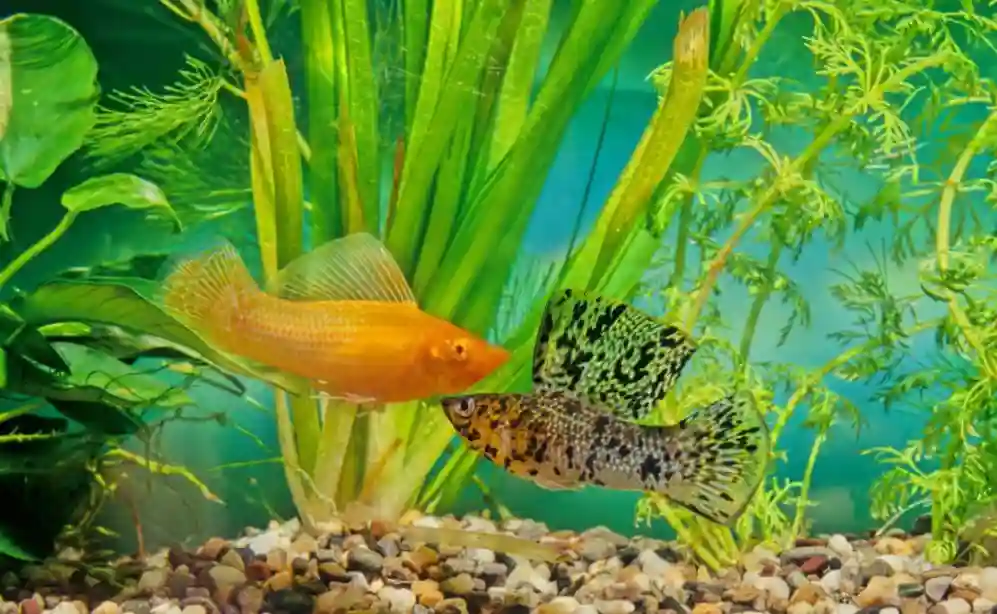
- Make sure you have a healthy fish-to-gallon ratio
You will want to have at least 2 gallons of water per fish for mollies. You may need more depending on the size of your fish or how many decorations you have.
- Keep the tank clean
Use a substrate vacuum to clean up the dead matter, fish waste, rotting plants, and excess food. This will prevent waste accumulation and help control algae growth.
- Stop overfeed
Feed your mollies once or twice daily, and only give them what they can eat in a minute. Overfeeding leads to food residue buildup and dangerous ammonia levels.
- Setup a good filtering system
While mollies can live without a filter, having one will make your life much easier. It’s a worthwhile investment for the long-term health of your fish.
Conclusion
If your fish tank water is cloudy, acting quickly to prevent your mollies from getting sick and potentially dying is essential.
Remember, unclean water can decrease your mollies’ immune systems and leave them susceptible to parasites, bacteria, and disease. So monitor water parameters constantly to ensure everything is in check and prevent any potential issues before they become significant problems.
Related Articles: –
Problems with keeping molly fish
https://www.tinyfishtank.com/how-to-keep-your-mollies-healthy-and-happy-secrete-reveal/
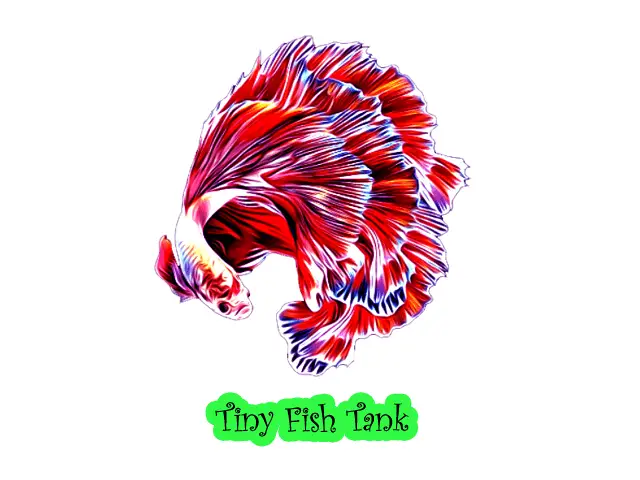
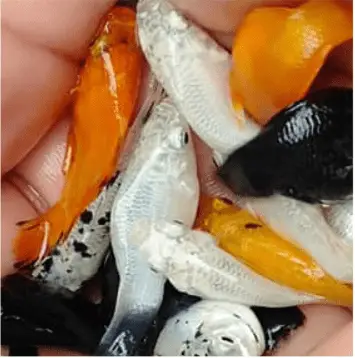
![What are the Problems with Keeping Molly fish? [7 Problems & Solutions]](https://www.tinyfishtank.com/wp-content/uploads/2023/03/What-are-the-Problems-with-Keeping-Molly-fish-768x476.webp)
![How To Keep Your Mollies Healthy And Happy? [8 Secrets Reveal]](https://www.tinyfishtank.com/wp-content/uploads/2023/03/How-To-Keep-Your-Mollies-Healthy-And-Happy-768x470.webp)
